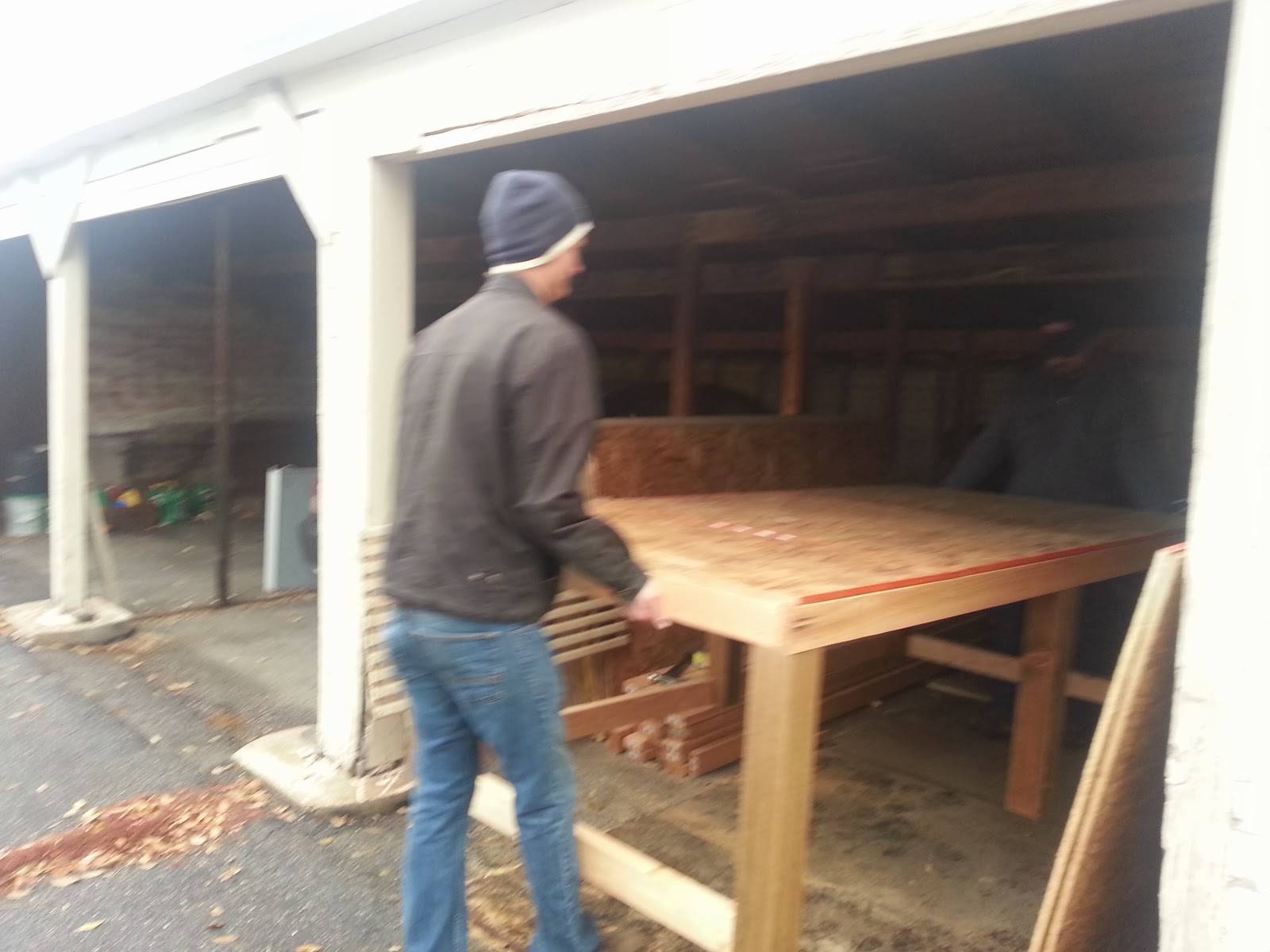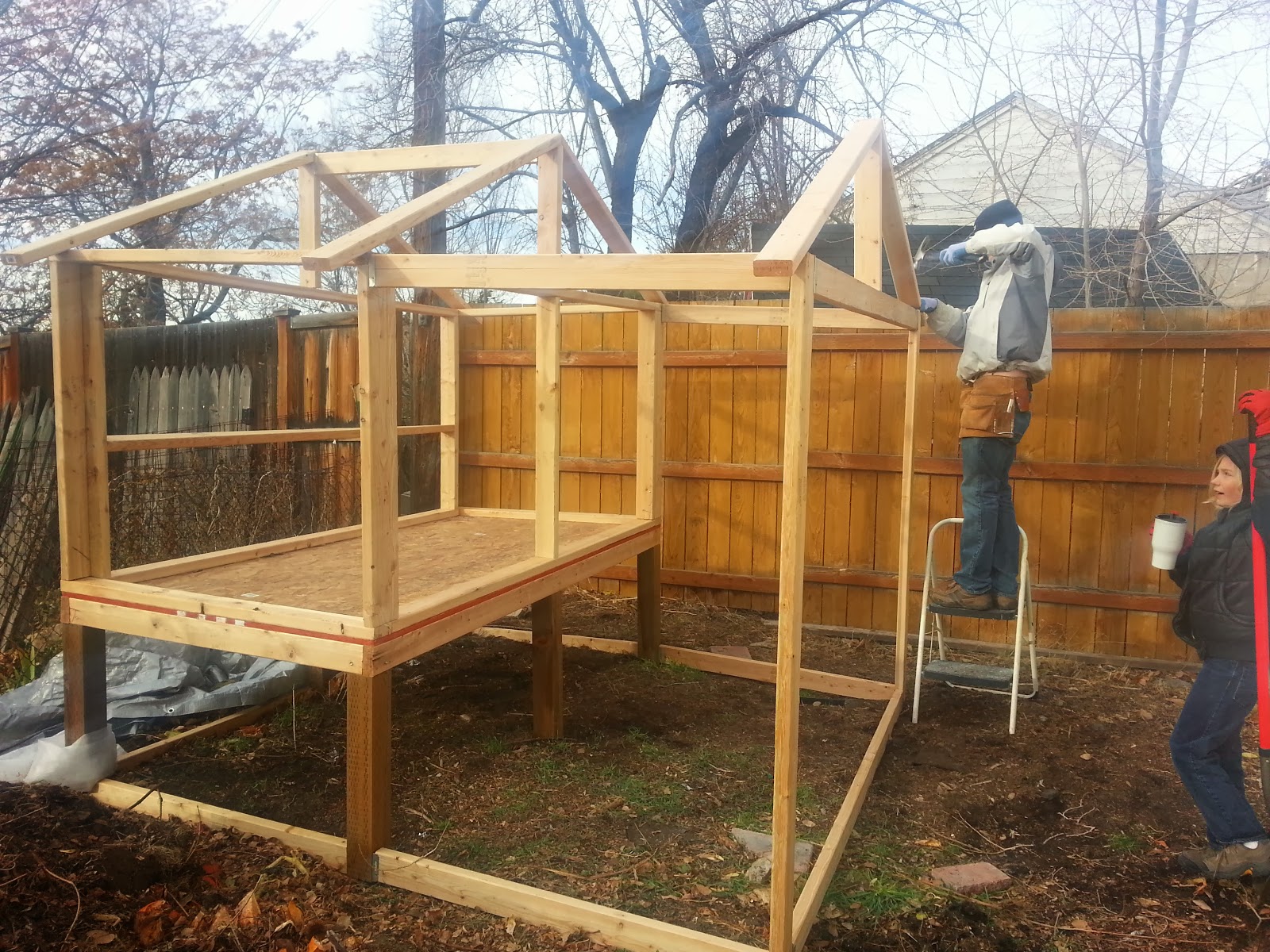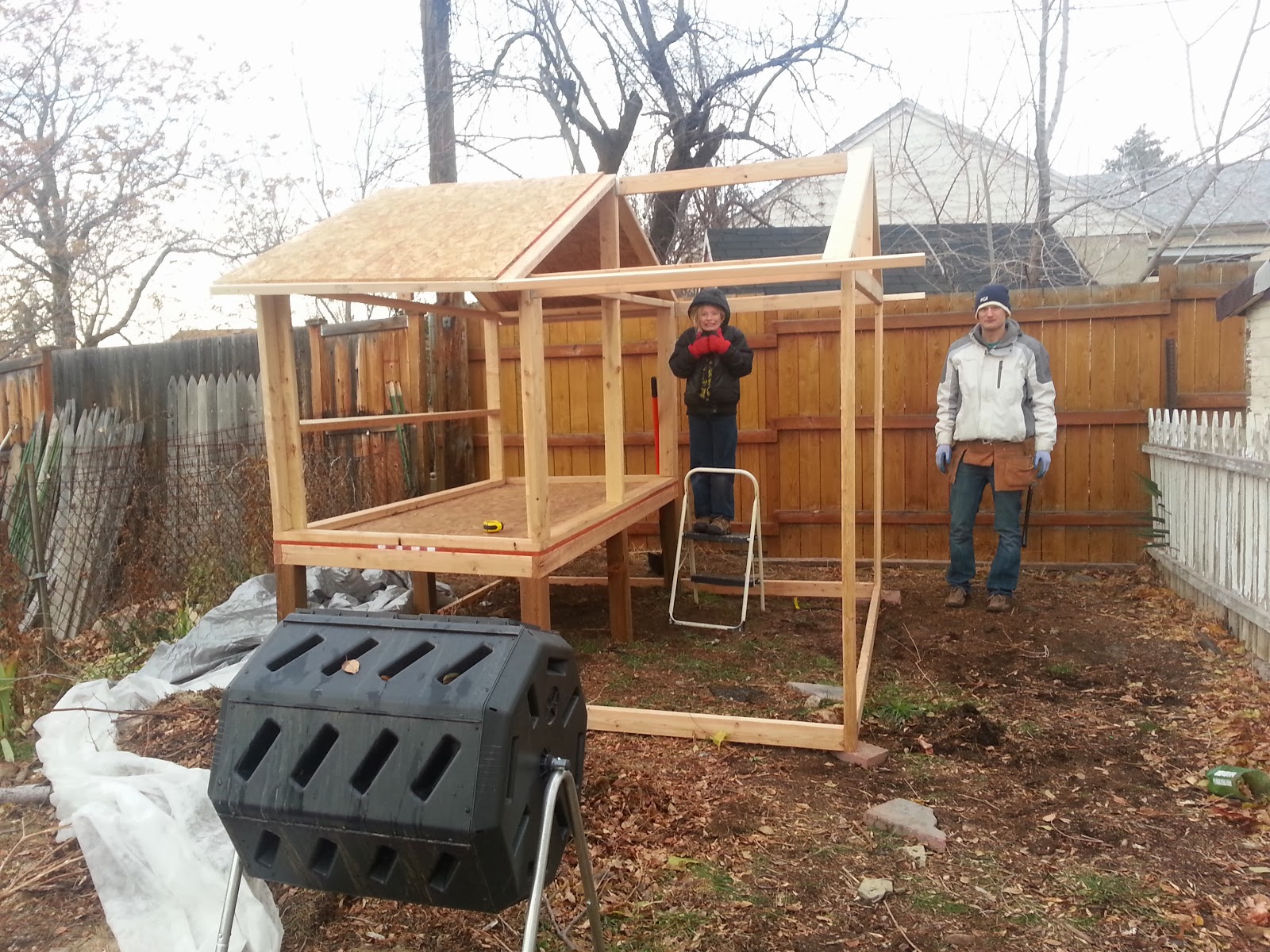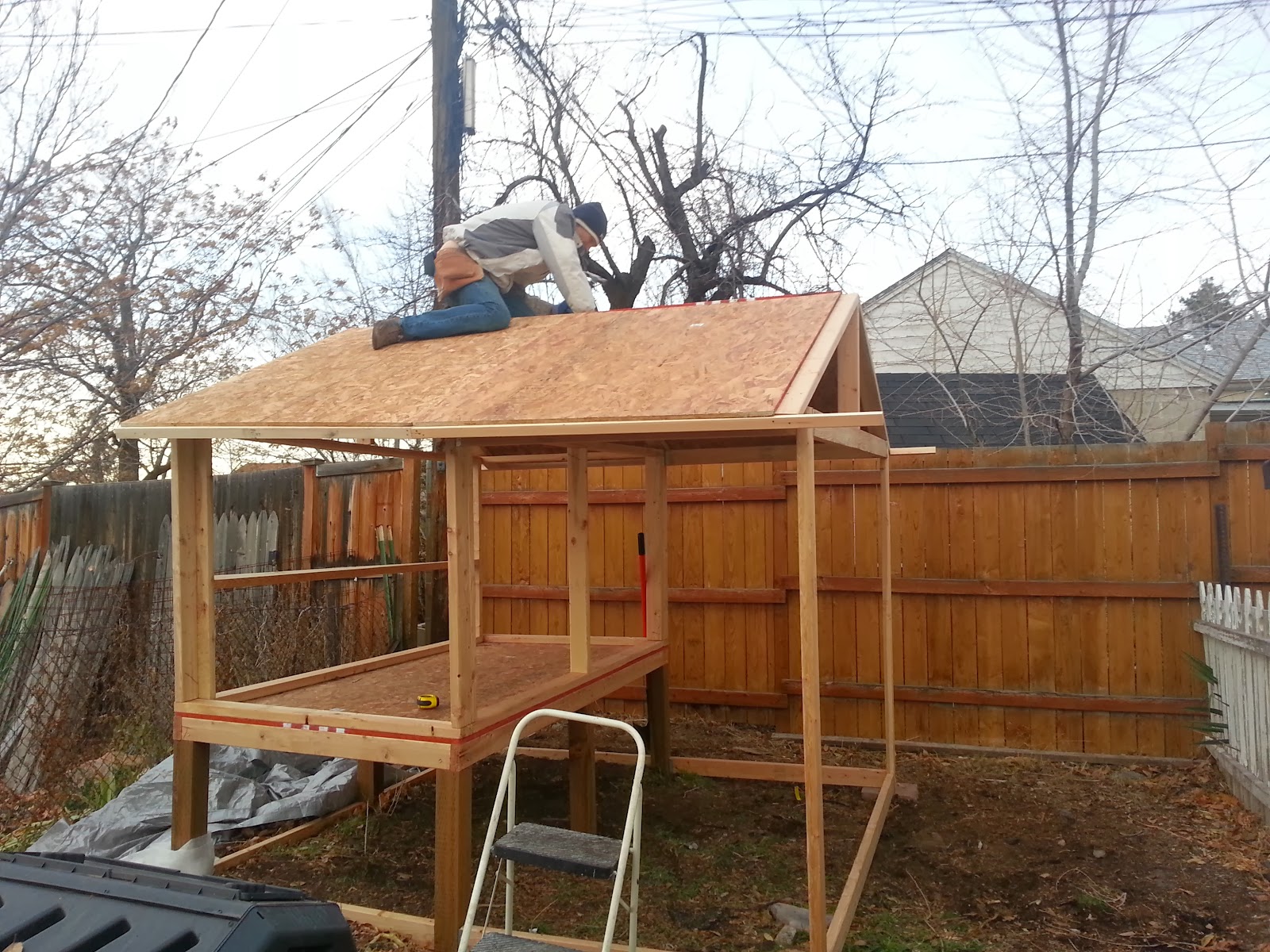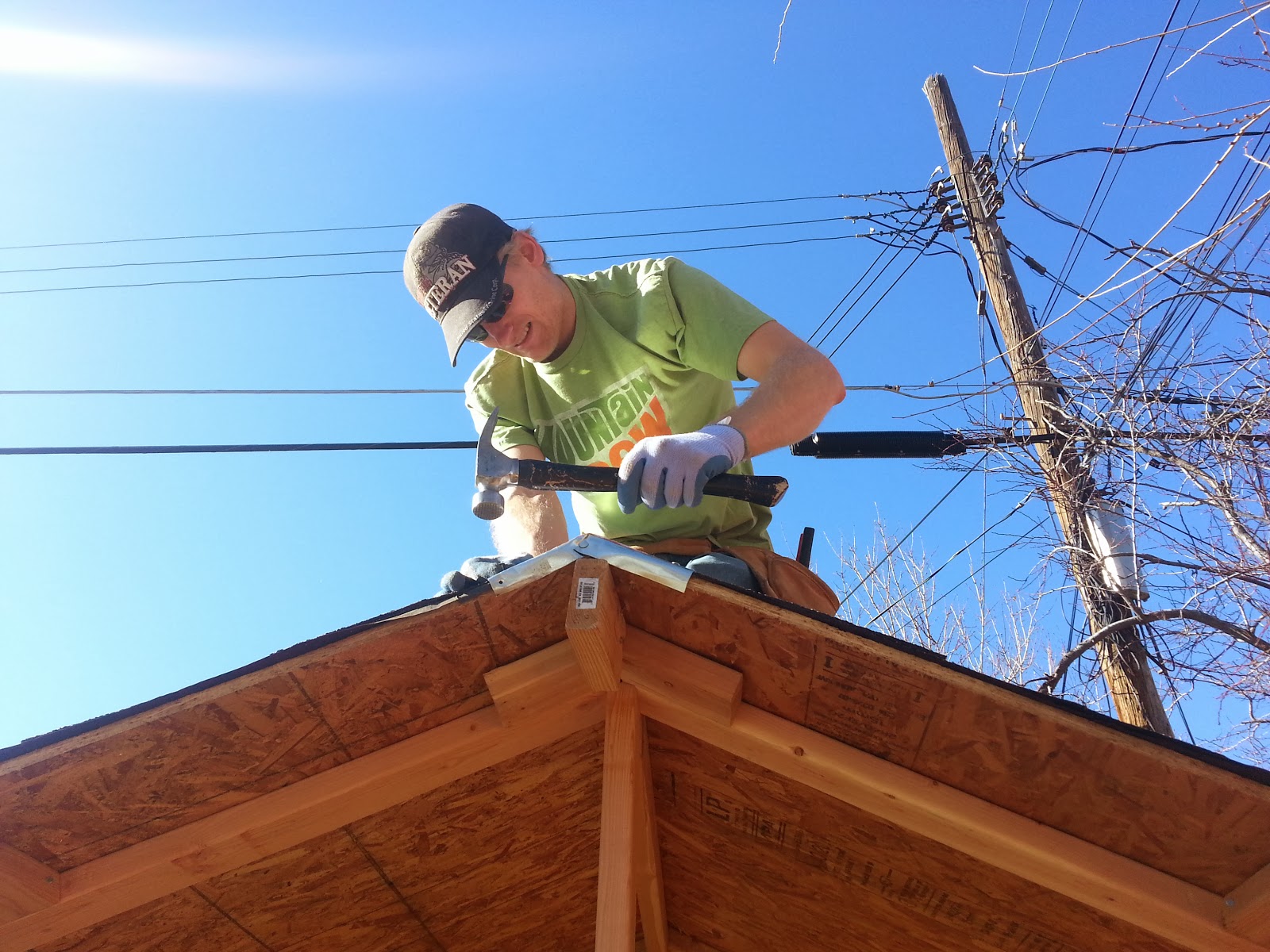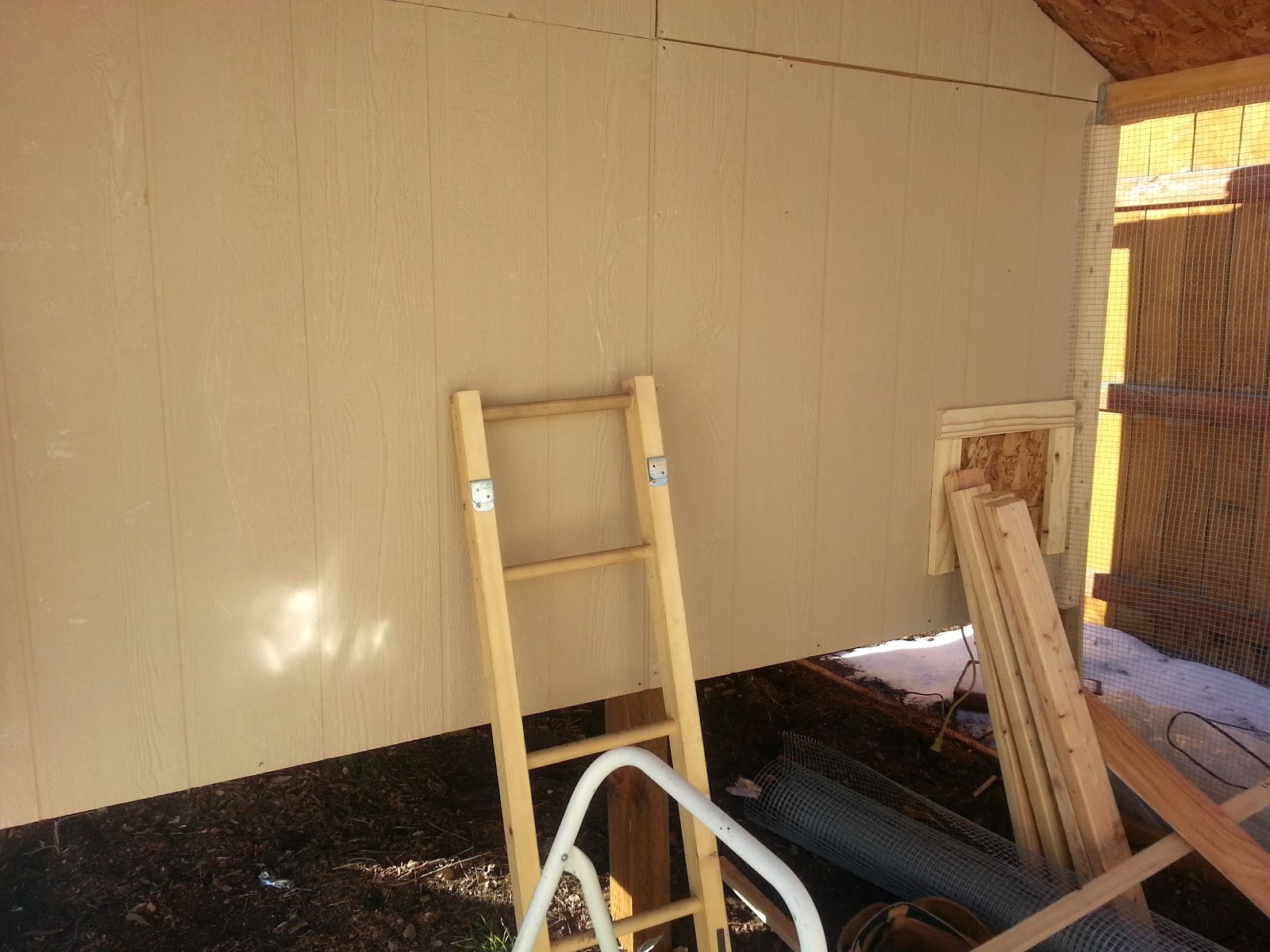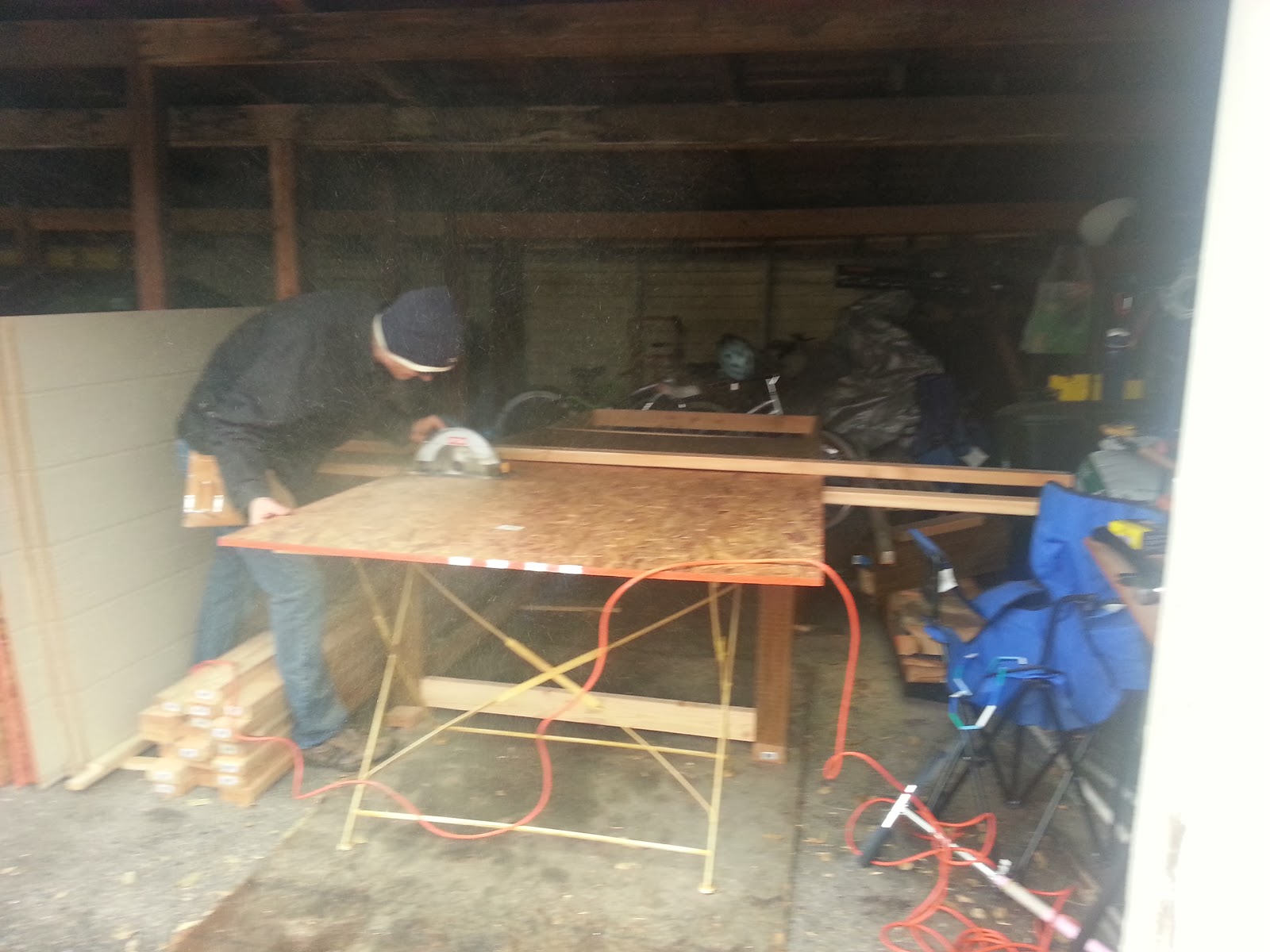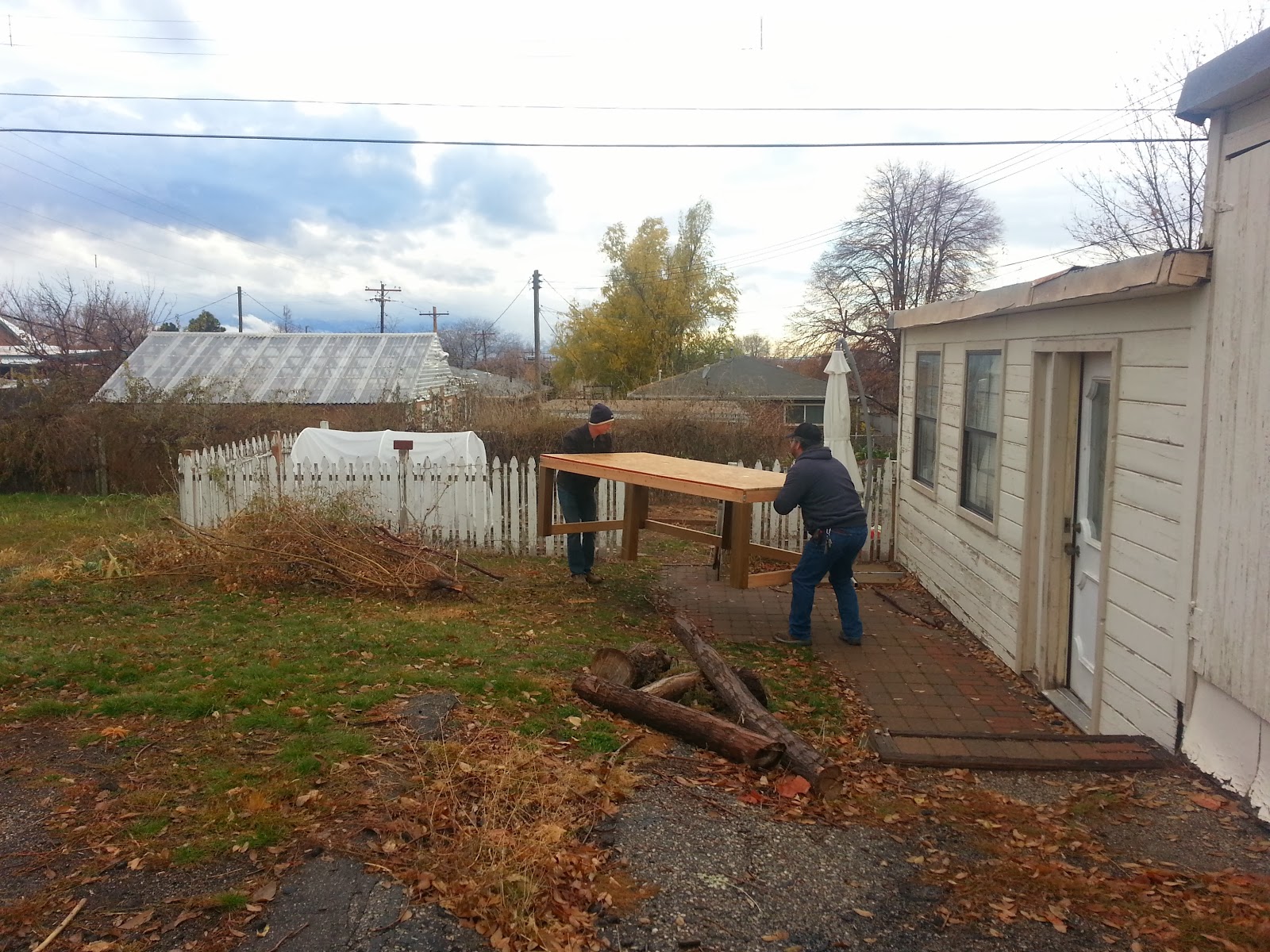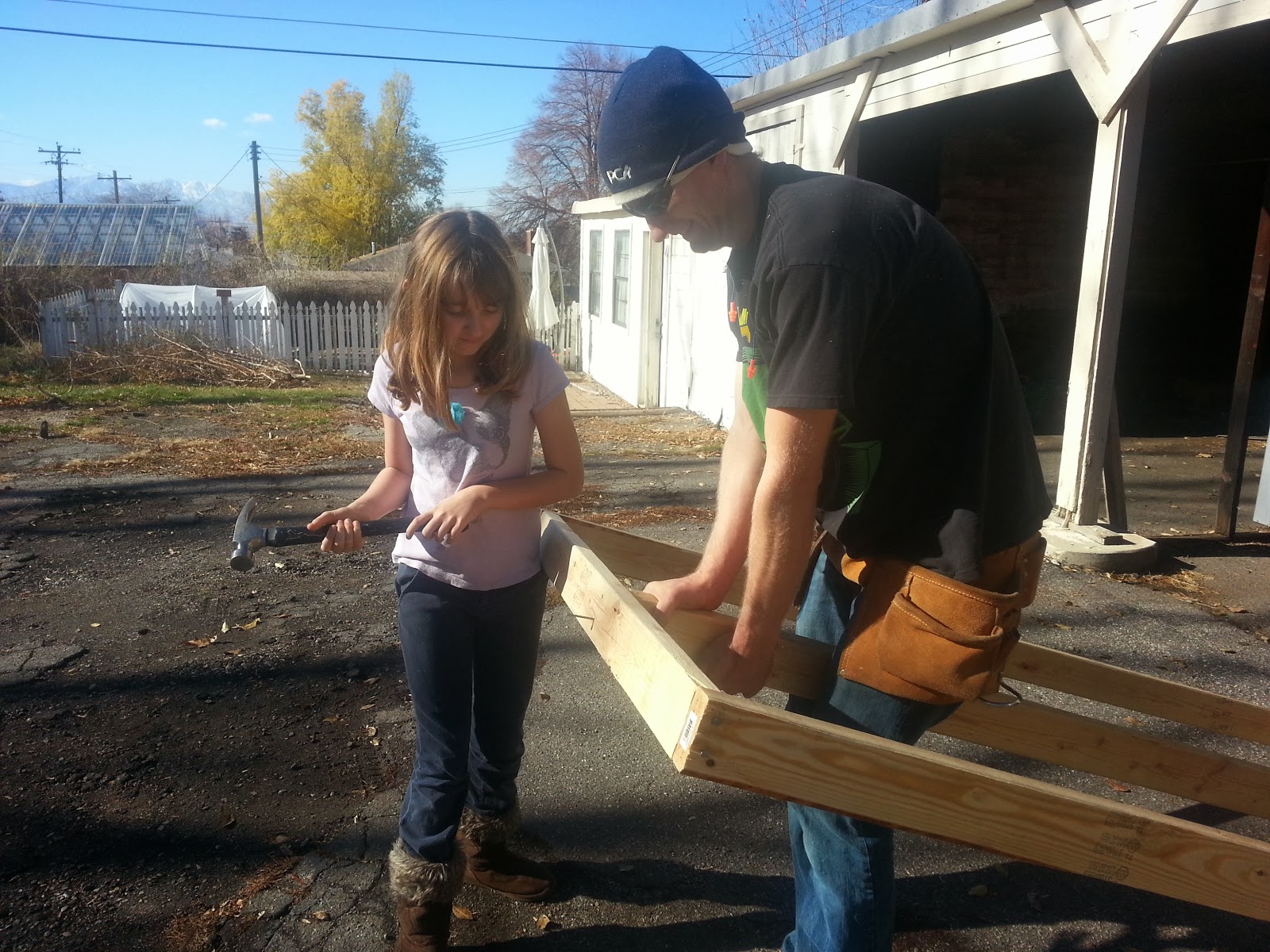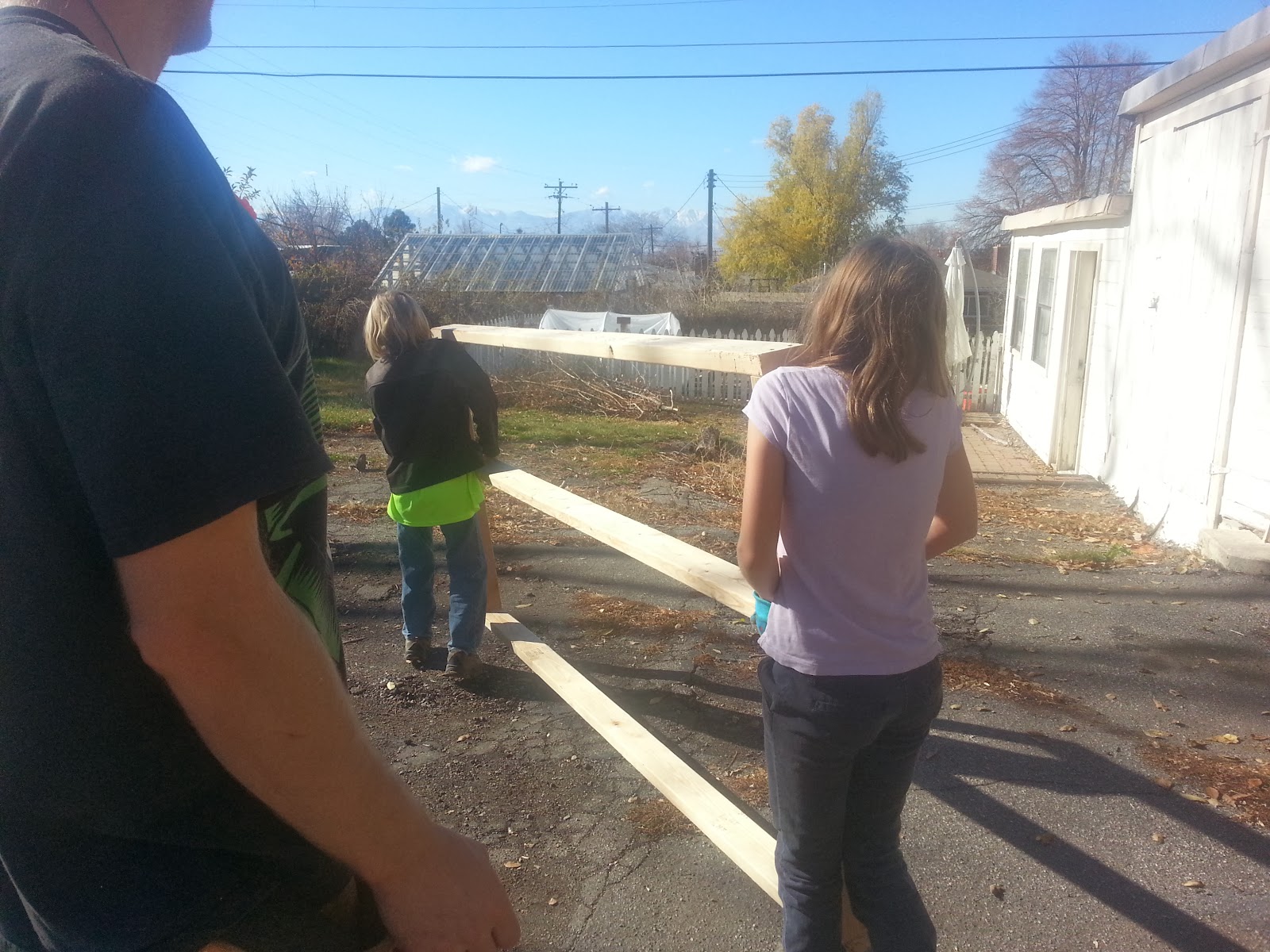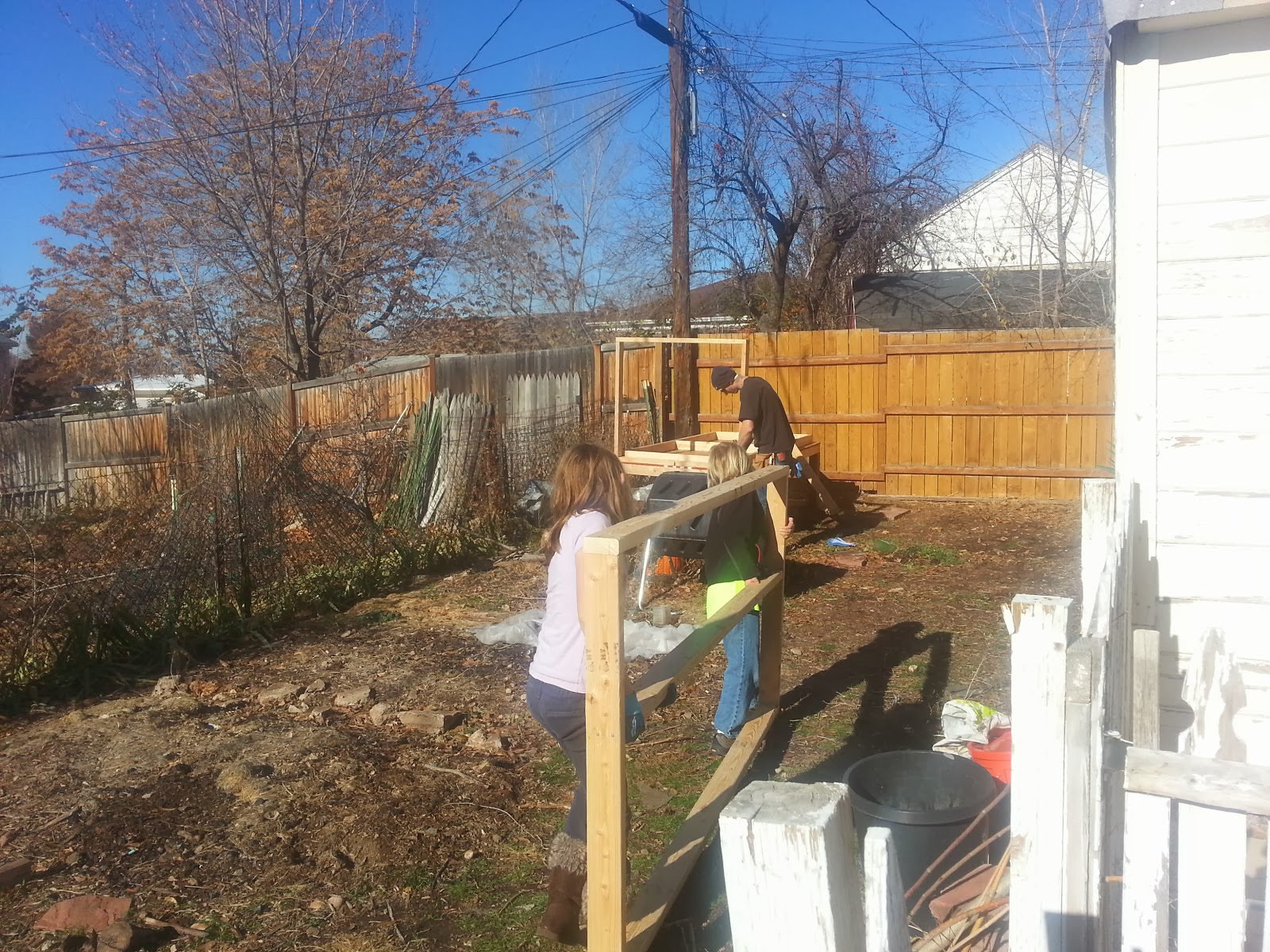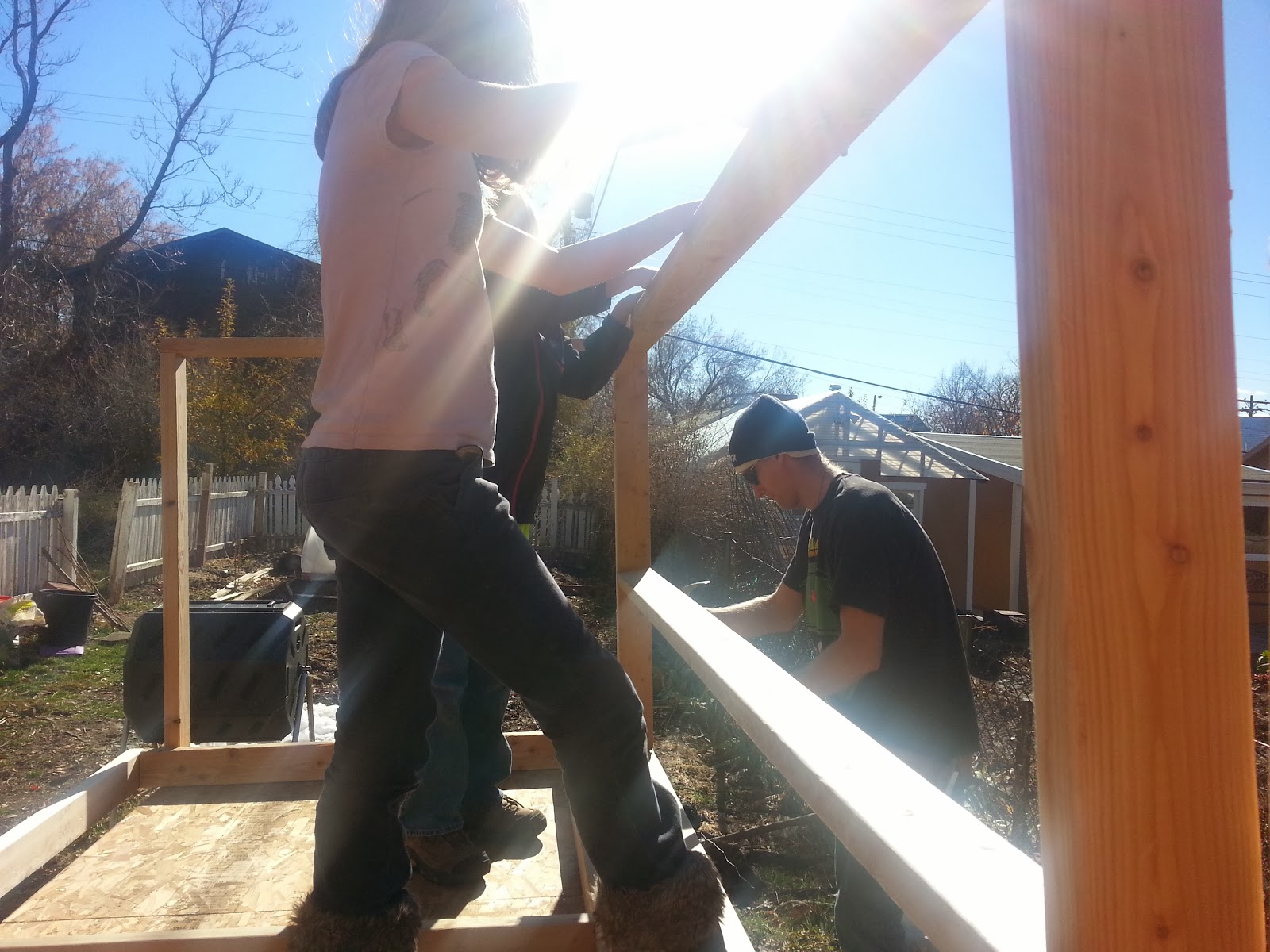"Really? You're allowed to have chickens?"
I can't even tell you how many times we've gotten that reaction when we say that we keep chickens. But, whether you can keep chickens, or other animals, is entirely up to the municipal codes in your area. Sometimes, it varies greatly even between cities that blend right into each other. For example, in Salt Lake County the rules about keeping chickens vary widely and sometimes incomprehensibly.
Credit: Wikimedia Commons
In Salt Lake City, we are allowed to keep up to 15 chickens (no roosters) so long as we have a coop that provides at least 2sqft per bird and the coop is located at least 25 ft from any structure inhabited by people. If we have at least 50 ft from any inhabited structure, we can have up to 25 chickens.
On the other hand, in unincorporated Salt Lake County, how many chickens you can have depends upon your zoning and can only be a maximum either 3, 5, or 8 birds in total.
In West Valley City, chickens are classified as "household pets" and the city allows for a total of 4 pets - so 1 dog, 3 chickens or 2 cats, 1 rabbit, 1 chicken, and so on.
Holladay has determined that the number of various animals depends upon your lot size. If your lot is under 10,000 sqft, no 'livestock' animals are allowed, between 10,000 sqft and 1/2 acre you can have up to 3 varieties of livestock animals with a maximum of "10 rabbits, 25 chickens, 25 pheasants; 5 ducks, 5 turkeys, 5 geese; or 10 pigeons".
The moral of the story here is that municipal codes vary GREATLY. We recently considered a move to the Portland, OR area where you are allowed a certain number of pigs and goats in the city (sheep too, if I remember correctly), whereas, here in Salt Lake City, we are not allowed to have anything with hooves inside city limits.
So, how do you find out the codes in your area? Ask! You may be able to find the answer online, but don't trust message boards or blogs - even this one! Codes are subject to change at any time. So, instead, go to your city's website and then to the department of Animal Services or Animal Control. Or you could even just Google "[your city] Animal Services". If the answer can't be found online, call your local Animal Control office and ask if keeping chickens is allowed and what the guidelines are. In some cities permits are required, so make sure you have the appropriate permit before you bring home your girls!
Also of note, be sure you know what the code is for selling your products. In Salt Lake City, for example, we are very lucky to have very agriculture-friendly codes. We are allowed to sell our eggs, feathers, chickens, garden produce, honey, and much more. In unincorporated Salt Lake County, on the other hand, it is expressly forbidden to sell eggs or anything else relating to your chickens - they are to be kept for personal use only!
What are the codes like in your area? I'd love to know how different areas compare!

